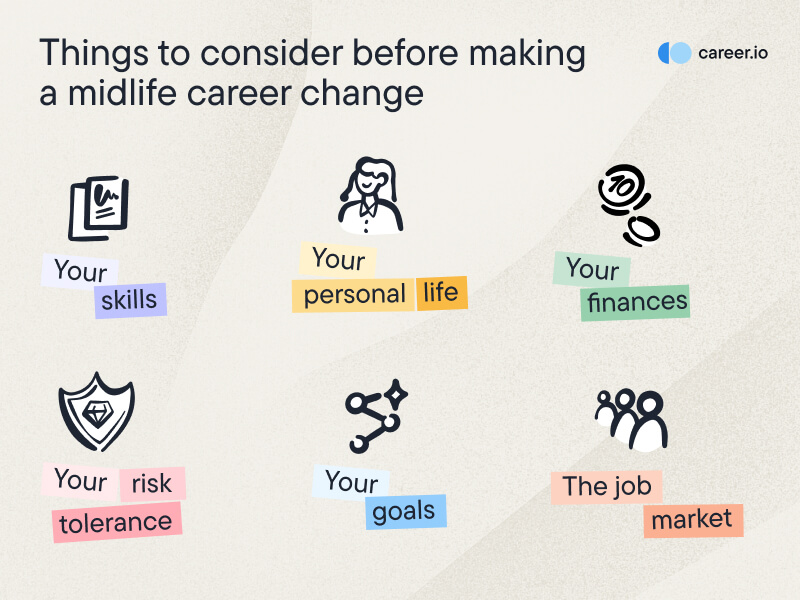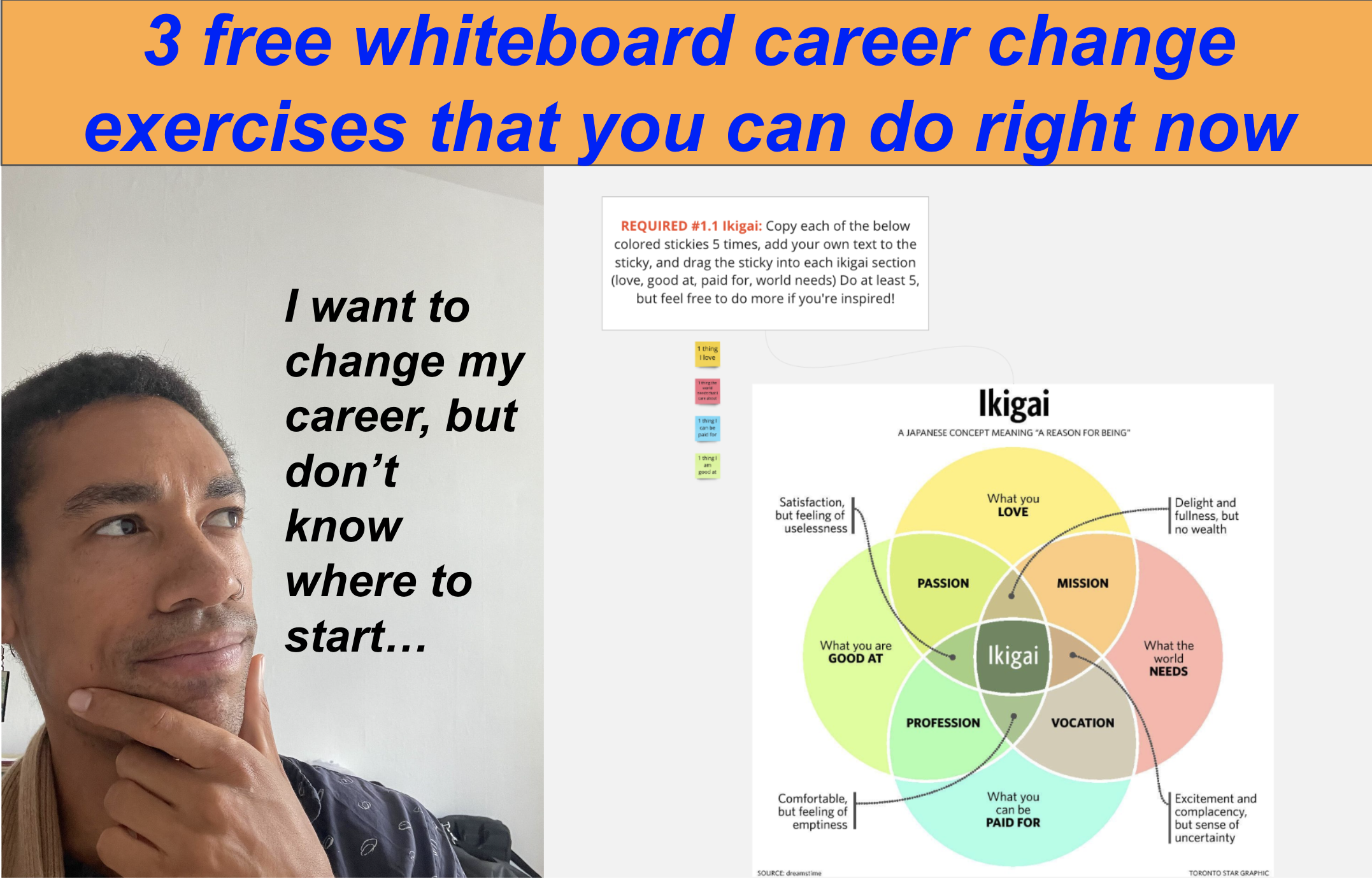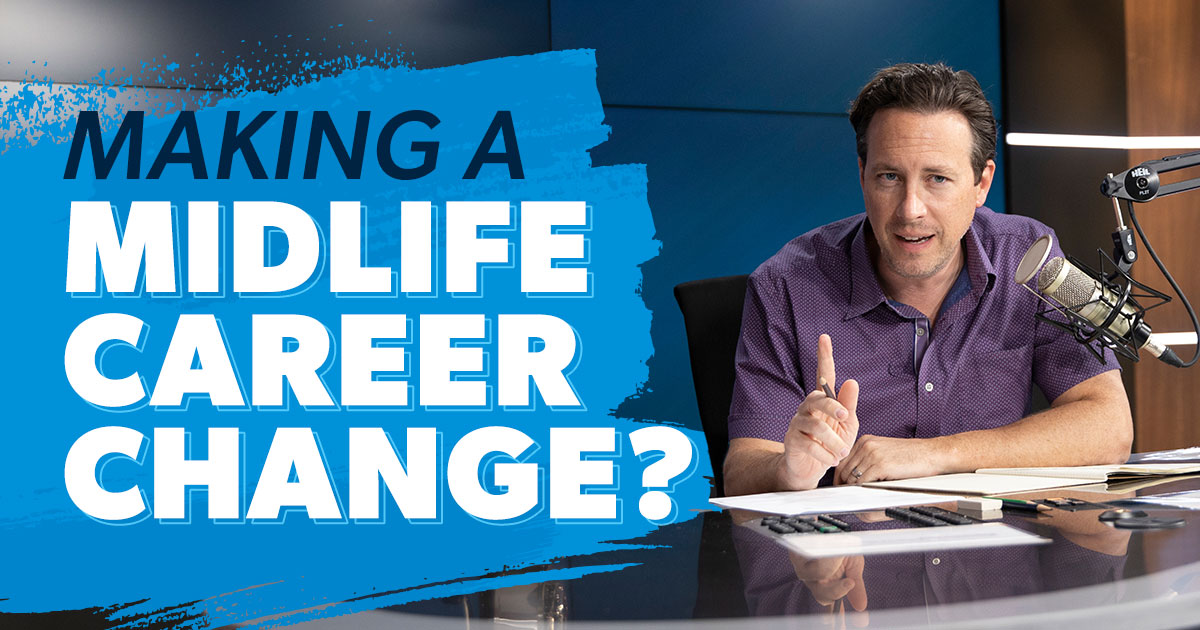A Learning Pathway to Prepare for a New Career at 45+

A Learning Pathway to Prepare for a New Career at 45+
Changing careers at 45 or older can be both exhilarating and daunting. It requires careful planning, self-assessment, and a willingness to adapt. This guide is designed to help middle-aged individuals navigate the process of transitioning into a new career, leveraging their existing skills and experiences while embracing new opportunities.

Understanding the Challenges
Before diving into the learning pathway, it’s essential to acknowledge the challenges that come with midlife career changes:
-
Financial Responsibilities: At this stage, you may have significant financial obligations such as mortgages, family expenses, and retirement savings to consider .1 .3.
-
Age Discrimination: Unfortunately, age bias can affect job prospects, making it crucial to present your age as an asset .3 .9.
-
Skill Gaps: Identifying and filling gaps in your skillset is vital for a successful transition .3 .10.

Step 1: Self-Assessment and Goal Setting

Reflect on Your Motivations
-
Why Change Careers? Identify your reasons for wanting a career change. Is it for better work-life balance, financial incentives, or personal fulfillment? .2 .4?
-
What Are Your Strengths? Consider your skills, both hard and soft, that are transferable across industries .2 .10.
-
What Are Your Interests? Reflect on what truly excites you and aligns with your values .4 .9.

Set Clear Career Goals
-
Define Success: Determine what success means to you in your new career—whether it’s financial stability, personal satisfaction, or both .4 .9.
-
Create a Vision Board: Visualize your ideal career path and the steps needed to achieve it .12.

Step 2: Researching New Careers

Explore Career Options
-
Market Trends: Look into booming industries that align with your skills and interests .4 .9.
-
Job Market Analysis: Research cities and states with high demand and good compensation in your desired field .9.
-
Networking: Attend industry events and join professional groups to gain insights .4 .9.

Identify Required Skills
-
Skill Gap Analysis: Determine what skills you need to acquire for your new career .3 .10.
-
Education and Training: Consider courses, certifications, or degrees that can enhance your prospects .1 .3.

Step 3: Building Your Skills

Formal Education
-
Courses and Certifications: Enroll in programs that fill your skill gaps and are recognized in your target industry .1 .3.
-
Online Learning Platforms: Utilize platforms like Coursera, Udemy, or LinkedIn Learning for flexible education .3.








